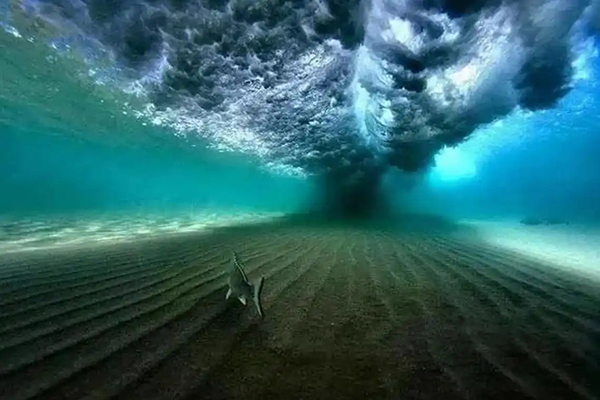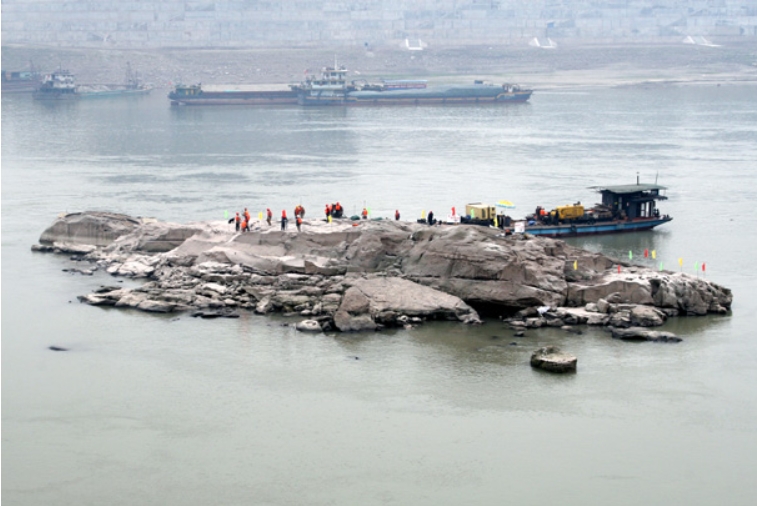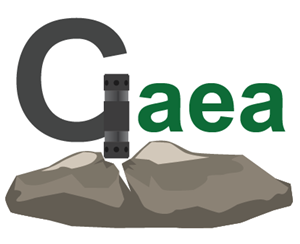Underwater rock blasting project operation process
Underwater rock blasting is a complex project involving many factors, such as weather, sea visibility, tidal conditions, water flow conditions, underwater operation depth, etc., especially explosives are stored on the operation ship, and its safety is particularly important. Therefore, when conducting Underwater rock blasting operations, the blasting operations must be carried out in strict accordance with the established safety rules, operation plans, and sea conditions.

Underwater rock blasting operation process:
Qualification review When establishing an Underwater rock blasting project, the qualifications of the blasting unit and its engineering and technical personnel must first be reviewed (this work requires the project party A to assist in the review by the local public security department), and the relevant procedures for the Underwater rock blasting project must be handled. Underwater rock blasting projects can only be implemented with the approval of the local public security department (county and city levels); when conducting Underwater rock blasting in navigable waters, the port supervision should generally issue a blasting construction notice three days in advance.
Exploration
Before implementing the Underwater rock blasting project, we must first understand the specific conditions of the ship to be blasted and cleared (structural parameters of the sunken ship, the posture of the sunken ship, the water depth, the silt burial conditions, the sea conditions in the sunken sea area, and other related conditions);
Develop a blasting plan
Develop a practical blasting plan based on the underwater exploration of the divers and the requirements for clearing the ship. The plan includes the demand and variety of blasting materials needed for the project, the composition of the blasting command organization and operators (including Party A personnel who participate in the work under the guidance of blasting technical professionals), division of labor, safe operation rules, etc.;

Purchase of explosive materials and tools
Go to Yantai Gaea's sales staff to purchase relevant blasting materials for the O2 rock demolition system; After the blasting materials are in place, all blasting materials should be placed in the safe area specified by the operating ship according to their functions and hazard levels (O2 rock blasting tubes can be stacked on the deck and covered with tarpaulins, and detonators are placed in lockable iron cabinets in a special cabin outside the safe distance of explosives.), O2 rock blasting tubes and detonators must be strictly separated and stored, and their distance must meet the prescribed safety distance;
Preparation work before blasting operations
After arriving at the operating sea area, the operating vessel should anchor and berth in a place that is conducive to blasting operations (exploring and inserting O2 rock blasting tubes). Prepare blasting equipment according to the blasting plan (Party A personnel can assist in bundling O2 rock blasting tubes and other preparatory work under the guidance of blasting technical professionals); Divers conduct underwater exploration and other preparatory work for the deployment of O2 rock blasting tubes according to the blasting plan;
Place O2 rock blasting tubes
After completing all the preparatory work before the blasting operation (especially to understand whether the weather in the operating sea area is feasible for continuous operation for many days. Because once the O2 rock blasting tube is deployed, it must be blasted in the shortest possible time. The long-term immersion of the O2 rock blasting tube underwater will affect the performance of the O2 rock blasting tube or even completely fail. This is very important.) The operation of laying the blasting tube can be implemented. When laying blasting tubes, they must be laid in strict accordance with the process requirements set by professional blasting technicians; after the blasting tubes are laid, experienced divers must be assigned to review the laid blasting tubes (mainly to check whether the blasting tubes are laid and bundled as required; whether there are any missing bundles or disconnections; whether the overlapping directions of the explosives at the "T" shape of the explosive network are consistent, and other important parts.), and only after the divers come out of the water to report that the laid explosives meet the requirements of the operation regulations, can the final detonator (detonator) be placed to carry out the blasting operation;
Ignition and detonation
The mother ship sails away from the blasting operation point and patrols the sea at a safe distance, leaving only the small boats that perform blasting and ignition operations at the blasting site, and only the necessary operators on the small boats. The mother ship shall sound the alarm in the blasting area in accordance with relevant regulations. When the lookout patrols the nearby sea surface and confirms that there are no other ships sailing, the general commander of the project can order the ignition operator to carry out the detonation operation;
Remove oil pollution
After the blasting operation is implemented, the mother ship returns to the operation site. If there is oil pollution in the operation area, the oil pollution must be removed first;
Explore the explosion effect
After the sea conditions in the operation area meet the operation conditions (mainly refers to the visibility of the sea water reaching a certain clarity), send divers to explore the blasting effect (after the blasting, the sunken ship will produce many sharp broken steel plates. To ensure the safety of divers, it is strictly forbidden for heavy divers to explore! The exploration task should be performed by light divers carrying gas cylinders.).
Preparation for another blasting or leaving the site
According to the divers' exploration, formulate the next plan: ①If another blasting is required, it is necessary to formulate the next blasting plan and carry out the next round of blasting preparations; ②If the blasting engineering task has been completed, leave the site and return to the base port.




